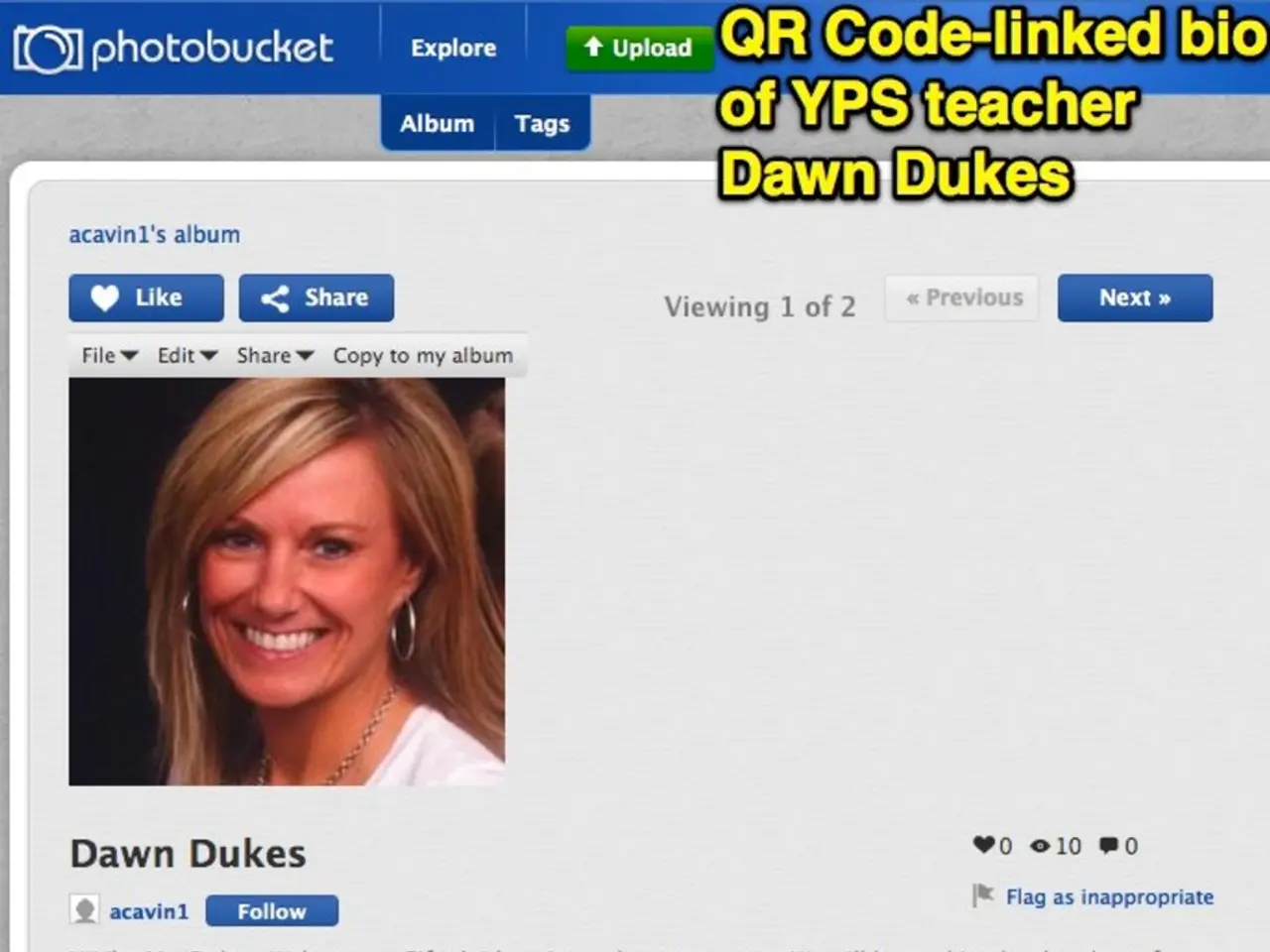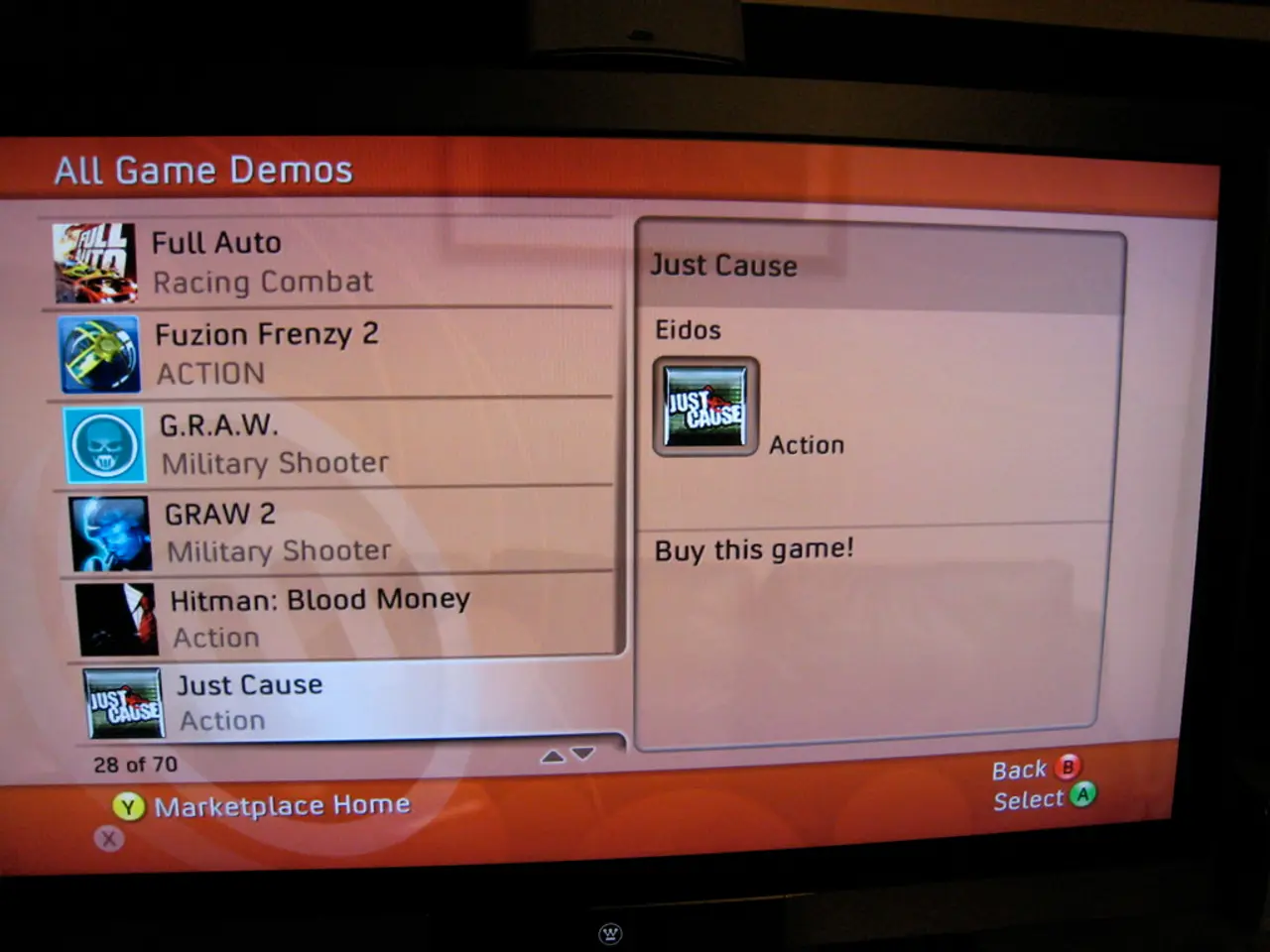Enhancing Accessibility of Social Media Posts: Strategies for Maximizing Reach
In today's digital age, social media platforms have become an essential part of our lives. However, to ensure that everyone, regardless of their abilities, can enjoy and benefit from these platforms, it's crucial to follow some key guidelines for accessibility.
Add Descriptive Alternative Text (Alt Text)
When posting images, it's essential to provide descriptive alt text. This text is read out by screen readers for visually impaired or blind users, enabling them to understand the visual content. Write alt text clearly and succinctly, avoiding phrases like "image of" and focusing on the main point of the image.
Use High Contrast Colors
Using high contrast colors between text and background aids visibility for people with low vision or color blindness. Select readable fonts and avoid decorative or non-standard fonts that screen readers may not interpret well.
Caption Your Videos Accurately
Captioning videos is crucial for making audiovisual formats accessible to people who are deaf or hard of hearing. Many online tools like Happyscribe or Adobe Express offer free versions for this purpose.
Format Hashtags Correctly
Format hashtags using CamelCase (capitalize the first letter of each word, e.g., #SocialMediaTips) so screen readers can parse them correctly, improving readability for users with disabilities such as dyslexia.
Use Simple, Clear Language
Avoid jargon to make content easier to understand for people with cognitive or learning disabilities.
Limit the Use of Emojis
While emojis can add a fun touch to your posts, screen readers vocalize each emoji name, which can be distracting if overused. Use emojis sparingly.
Avoid Flashing or Strobing Visuals
Flashing or strobing visuals can trigger seizures and pose risks for some users. Include warnings if such effects are necessary.
Provide Content Warnings
When posting sensitive or potentially distressing material, provide content warnings to give users control over their viewing experience.
Test Your Designs and Visuals
Online tools like Hex Naw, Adobe Color, and Contrast Finder can help ensure your visuals comply with WCAG (Web Content Accessibility Guidelines) Standards. These tools allow you to objectively test the contrast of designs by entering HEX codes and test the contrast and accessibility of an entire color system.
Structured Layout and Navigation
A structured layout, using headings and bullet points, aids navigation. Using short and concise phrases helps convey clear information to people with reading difficulties or cognitive impairments.
Social Media Platforms' Accessibility Features
Social media platforms like Facebook, Instagram, Twitter, and LinkedIn allow users to accompany images with alternative text for accessibility. On these platforms, you can add alternative text by clicking on the three dots in the top right corner of a photo on Facebook, accessing advanced photo settings on Instagram, or directly writing alternative text when uploading an image.
On TikTok, you can modify the captions of videos after they have been generated. It is also possible to import the complete transcription of a video in .srt format on Instagram, Twitter, Facebook, or LinkedIn.
Be mindful of people with photosensitivity and avoid flashing animations, especially when using GIF files.
By combining these practices, we can create a more inclusive social media experience that benefits a diverse audience and enhances engagement.
When crafting posts, use descriptive alt text for images to help visually impaired or blind users understand the visual content, similar to the way we've previously discussed (Alt Text). To make videos accessible, captions are crucial for individuals who are deaf or hard of hearing, much like the technique we've employed with this video (Caption Your Videos Accurately). While emojis can add fun, limit their usage to maintain readability for screen readers, as we've advocated (Limit the Use of Emojis). Additionally, social media platforms offer accessibility features, such as providing alternative text on Facebook, Instagram, Twitter, and LinkedIn, much like TikTok allows for modifying video captions (Social Media Platforms' Accessibility Features).




